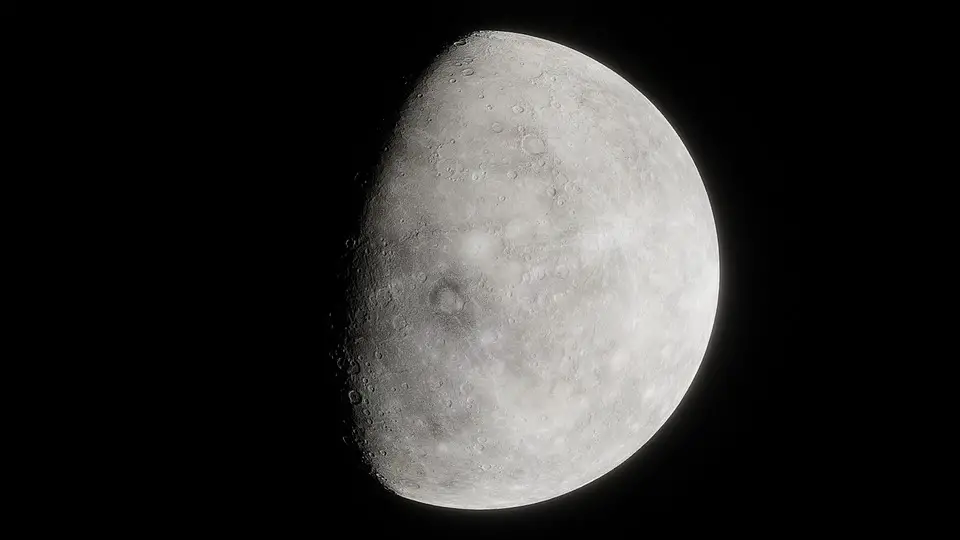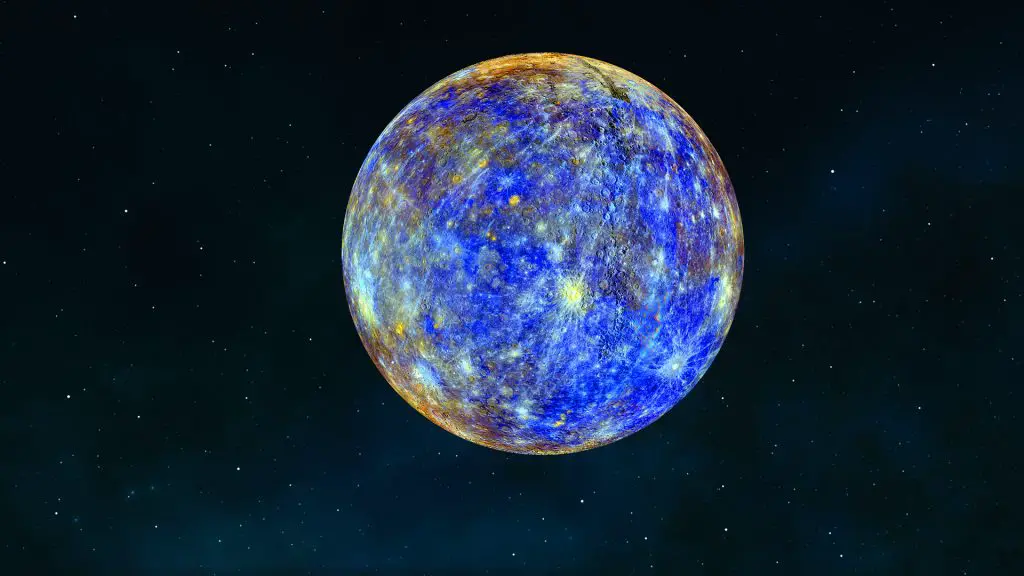Astronomers observed a star about 20 million light-years from Earth and discovered that it is producing massive mass as it undergoes an SN 2023ixf supernova explosion. Generally, a supernova is a dramatic event that occurs to make the end of a star. However, astronomers have yet to clearly understand how these stellar explosions occur.
During this recent discovery, scientists discovered significant weight loss that opposes the standard theory of stellar evolution. The Center for Astrophysics | Harvard & Smithsonian (CfA) official release revealed that the star produced an entire solar mass of material in the year before its explosion. Scientists closely observed this supernova to learn more about the processes that occur a year before the star’s death supernova.
What Astronomers Discovered About This Type of SN 2023ixf Supernova
Scientists revealed that the recently observed star is experiencing extreme weight loss as it nears its end. In fact, extreme weight loss is associated with Type II supernova. Kichi Itagaki, an amateur astronomer from Yamagata, Japan captured this astronomical event in May 2023. Other researchers studied the event closely and revealed that it was a Type II supernova identified as SN 2023ixf. It exists in the spiral Pinwheel Galaxy and is often visible in the night sky.
Type II supernovae often occur when huge stars implode under their weight and explode. They are basically seen in the red supergiant stars with masses between 8 to 25 times the mass of the Sun. This recently observed supernova is creating other research opportunities because it is young and possesses unique luminosity. Even though SN 2023ixf possesses features that fit it under the Type II categorization, it still has a huge mass loss.
Learning More About Supernovas Through This Observation Through Multi-wavelength Observations
Scientists are still struggling to fully understand the cause of supernova explosions, especially the core-collapse types. The team behind this study performed multi-wavelength observations using several sophisticated observatories to learn about the cause of this type of supernova explosion. Advanced observatories used to conduct this research include the Tillinghast Telescope, the Fred Lawrence Whipple Observatory, and NASA’s Neil Gehrels Swift Observatory.
The outcome of the research offered a unique contradiction to already established principles surrounding stellar evolution. The contradiction was because the SN 2023ixf experienced a shock breakout which was delayed by many days. Previous scientific studies revealed that shock waves coming from the core often collapse reaching the star’s outer edge which makes supernovae emit a burst of light. However, when scientists observed SN 2023ixf, they noticed that the light curve followed a different pattern, which amazed the team.
“The delayed shock breakout is direct evidence for the presence of dense material from recent mass loss. Our new observations revealed a significant and unexpected amount of mass loss— close to the mass of the Sun— in the final year before the explosion,” said Daichi Hiramatsu, CfA postdoctoral fellow.
Scientists recently discovered that instability noticed during a star’s last years often results in massive mass loss. However, this could be related to the final nuclear-burning stages of high-mass elements such as silicon in the core of the star.
“The only way to understand how massive stars behave in the final years of their lives up to the point of explosion is to discover supernovae when they are very young, and preferably nearby, and then to study them across multiple wavelengths,” said Edo Berger, astronomy professor.
“Using both optical and millimeter telescopes, we effectively turned SN 2023ixf into a time machine to reconstruct what its progenitor star was doing up to the moment of its death,” Berger concluded.
The team behind this finding published their discoveries in the Astrophysical Journal Letters.
Conclusion
A team of astronomers recently observed a star about 20 million light-years from Earth and discovered that it is producing massive mass as it undergoes an SN 2023ixf supernova explosion. However, unlike other supernovae, this star is following a different pattern to approach its explosion. What do you think about this unique discovery?




